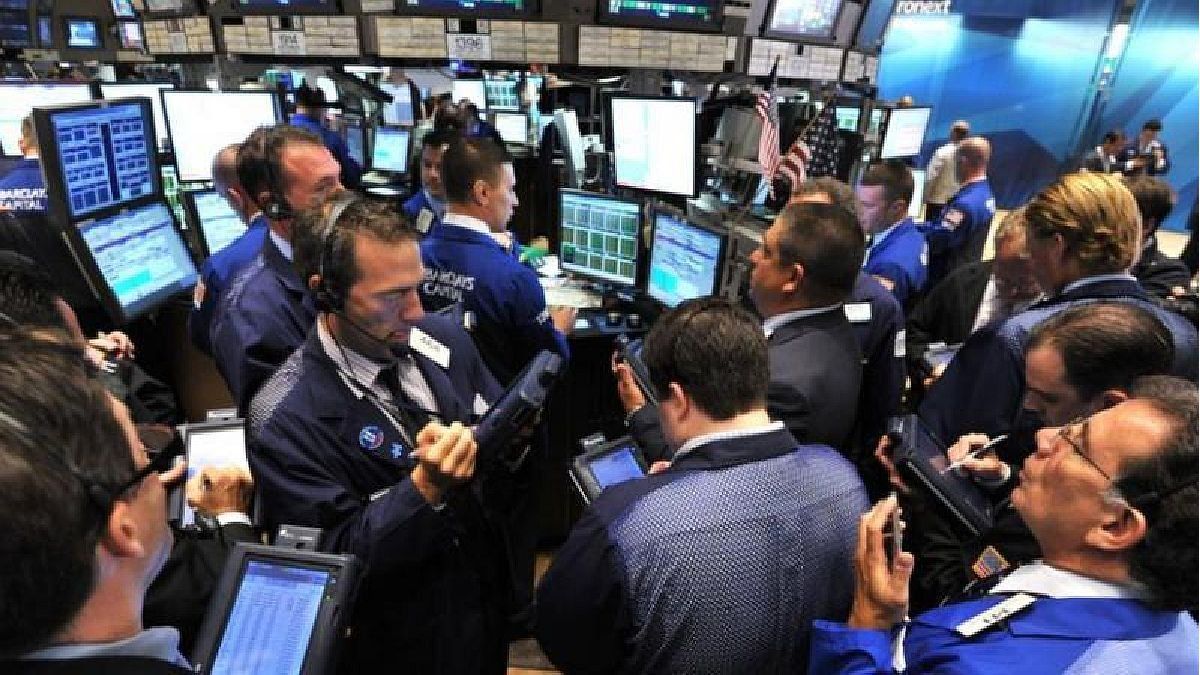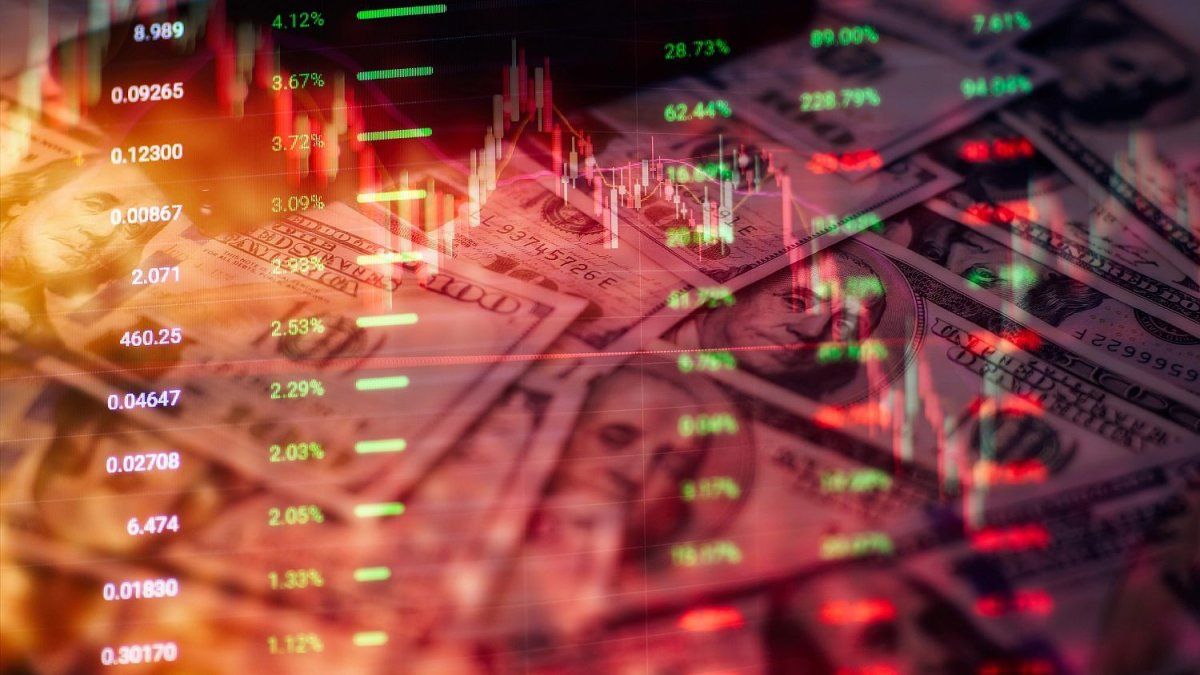In the general panel, the shares of Celulosa (+17%), Havana (+7.6%), and Richmond (+4.6%) stood out. The volume in shares fell 8.3% to $2,441 million, representing 33.5% of the volume traded in equities. Thus, more than the remaining 66% was traded on Cedears, whose daily amount fell 1.4% to $4,843.6 million.
“While evaluations of the economic scenario and the aggressiveness of monetary policy continue, local assets are leaning towards a correction, as a respite after recoveries from the lowsalso fueled by the latest signs of cuts in public spending, in search of converging towards the goal agreed with the IMF,” said economist Gustavo Ber.
On this day, moreover, Wall Street’s main indices fell sharply as a surge in job postings stoked fears the US Federal Reserve has another reason to hold his aggressive interest rate policy to combat inflationwhich could lead to a cooling of the economy of the northern giant.
“The Fed (US Federal Reserve) continues with its active approach to counteract the high inflation that the United States is going through, position that impacts risk markets such as emerging markets and consequently in our countryclearing and settlement broker Cohen said.
In this framethe ADRs closed with most decreases of up to 8.1%, led by Transportadora de Gas del Sur. They also fell hard: Cresud (-6.6%), YPF (-6.3%) and Central Puerto (-5%). On the contrary, Despegar (+1.8%), and Banco Superville (+1.6%) rose.
Argentine Economy Minister Sergio Massa will travel to the United States next week to visit Washington and Houstonwhere he will hold meetings with directors of the International Monetary Fund and with businessmen.
“The Government continues to evaluate alternatives to achieve a greater supply of dollars while readjusting the exchange rate”said Delphos Investment, adding that “they are challenging to implement because they require more than ‘fine tuning’ without additional external funding.”
Bonds and country risk
In the fixed income segment, dollar bonds closed mixed. The biggest drop was for the Global 2038 (-3.1%), followed by the Bonar 2041 (-1%). Regarding increases, the Global 2029 (+2.1%), and the Bonar 2030 (+1.1%) stood out. In this framework, the country risk, which is measured by JP Morgan banking after reaching a maximum of one week, fell 0.5% to 2,407 points.
In the meantime, dollar-linked sovereign bonds rose 1.3% on average, with greater volume in the long stretch. For its part, the debt with CER adjustment “was in demand,” said Grupo SBS. The Leceres gained 0.6% and the Bonceres, 0.9%. Finally, the 2023 duals “continued to concentrate the volume, especially TDS23, and this Tuesday they rose 0.5% on average,” added the same report.
Source: Ambito
David William is a talented author who has made a name for himself in the world of writing. He is a professional author who writes on a wide range of topics, from general interest to opinion news. David is currently working as a writer at 24 hours worlds where he brings his unique perspective and in-depth research to his articles, making them both informative and engaging.




